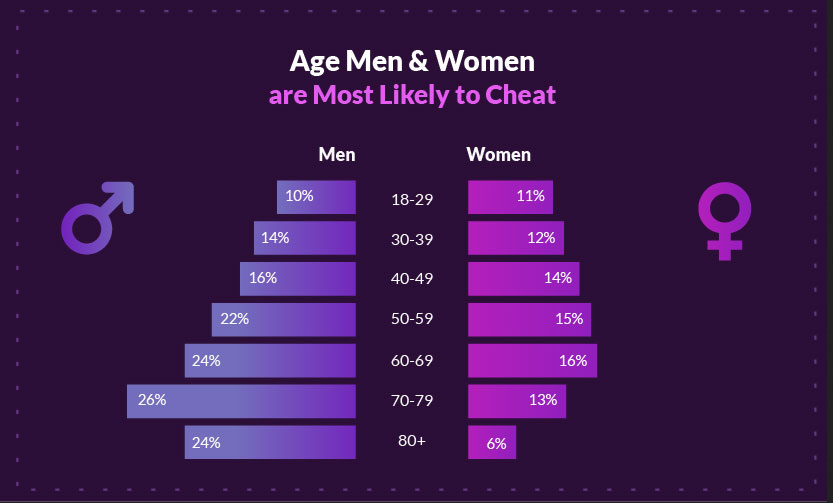Originally posted by
Sharon Martin, LCSW
Any long-standing pattern of behavior can be hard to change. We’re creatures of habit and tend to repeat the same behaviors over and over, often without even thinking about them — and sometimes we continue even when these behaviors create problems for us. This is the case with codependent behaviors.
What are codependent behaviors?
When I talk about codependent behaviors, I’m referring to things like enabling, perfectionism, self-sacrificing or martyrdom, obsessing about other people’s problems, trying to fix, change, or rescue others – even if they don’t seem very interested in changing. As codependents, we struggle to ask for help, we don’t prioritize our needs (so we get tired, irritable, resentful, and stressed out).
How do you change codependent behaviors?
Even though these behaviors are second-nature to us, we can change! The challenge, of course, is figuring out
how to change. What do we do instead of these codependent behaviors? And how do we stick with the new behaviors long enough to see a difference? The answer is lots of practice and lots of self-compassion. Like any new behavior, we need to do the new behavior many times before we master it and feel comfortable doing it. At first, it will feel awkward, scary, guilt-ridden, and uncomfortable. In short, you’re not going to do it well! That’s where the self-compassion comes in. Give yourself credit for trying. Praise yourself for taking baby steps even if they don’t seem to accomplish much at first. Encourage yourself by saying things like, “You can do this!” Don’t expect perfection and try not to criticize yourself if you slide back into old behavior. This is all part of the process – I promise.
So, let’s get started with some ideas for changing codependent behaviors.
People-pleasing
Instead of saying yes to every request, doing things you don’t want to do, or doing things out of obligation, consider what you need and want. Ask yourself:
- Am I interested in doing this?
- Why am I saying yes?
- Do I have time for this?
- Can I afford to do this?
- Does this align with my values and priorities?
Remind yourself that you’re allowed to say no. Some people may be disappointed or upset with you, but that is their problem, not yours. You are not responsible for making everyone happy.
Action:
This week, practice saying no to one thing that you don’t want to do, that doesn’t fit in your schedule or budget or doesn’t interest you, etc.
Identity and self-worth issues
Do you feel like you’ve lost your identity or you’re not sure who you are? Often, codependents don’t fully differentiate themselves from others. We don’t have a strong sense of who we are, what we like or want, or we’re quick to give up our goals, ideas, and what matters to us to please others. We also get our identity and sense of worth from what we do rather than who we are. In part, this is why we get our sense of worth from pleasing others, self-sacrificing – and why we feel so terrible when others are upset or disappointed with us. We don’t have a strong sense of who we are or that we matter without external validation.
Action: The remedy for identity issues can start with some of these activities.
- Get to know yourself better. Practice with these questions.
- Share your opinions, ideas, and feeling. Try sharing a differing opinion or idea with someone who will be receptive, such as suggest a different activity for Girls Night Out or politely let someone know that you disagree with their point of view.
- Do one thing this week because it interests you. It could be something new that you’re curious to try or something you’ve enjoyed in the past but haven’t prioritized recently.
- Validate your feelings at least once per day. When you notice that you’re seeking validation from someone else or disappointed that someone didn’t validate you, try to give yourself the validation that you need. To get started, you can use some of these self-validating phrases.
Acting like a martyr
A martyr is someone who insists on doing everything themself. You refuse help if it’s offered. But you’re not doing or giving joyfully. You’re resentful that you have to do so much and that people don’t help you or think about what you need.
Action: The next time someone offers to help, say yes. Or if no one offers to help in the next week, ask. Simply say, “Can you please help me with _______?” They may refuse, but learning how to ask is still a success.
Perfectionism
Perfectionists have impossibly high standards. Their expectations are unrealistic so they inevitably fail to achieve them, which leads to criticizing themselves (or others) for even the smallest mistake or imperfection. They never feel satisfied. Instead, don’t expect yourself or others to do things perfectly. Expect that you’ll make mistakes and so will other people. Mistakes aren’t failings or a sign of being inadequate. They’re a sign of being human!
Action:
When you make a mistake, say something kind to yourself like, “It’s okay. Everyone makes mistakes.” Self-compassion is more motivating than self-criticism (see the research
here).
Action: Set more realistic expectations. If you continue to make the same mistake, it’s not because there is something wrong with you, it’s because there’s something wrong with your goal or expectation. For example, if I constantly cheat on my low-carb diet, it’s not because I’m a failure. It’s because the goal of eating so few carbs isn’t realistic for me right now and I need to change my expectations.
You can learn more about overcoming perfectionism in my book
The CBT Workbook for Perfectionism (available from all major booksellers).
Lack of boundaries or being passive
Instead of letting others mistreat you (say mean things, borrow money without repaying, leaving a mess and expecting you to clean it up, violating your boundaries), set limits by telling people what’s not okay and what will happen if they continue.
Action: When you feel mistreated, communicate how you feel and what you want or need using an I Statement. For example, “I feel hurt and offended when you make sarcastic comments about my weight. I’d like you to stop commenting on my appearance.” And if you think it’s helpful, you can also state what the consequence will be if they continue. It might sound like this: “And if you continue, I’m going to go in the other room and watch TV by myself.”
When setting boundaries, remember that you can’t force other people to do what you want, but you can change your own behavior to keep yourself safe.
Denying, avoiding, or minimizing your feelings
Instead of “stuffing” your feelings, pretending your fine when you aren’t, or numbing them with alcohol or food, try to notice your feelings and express them in healthy ways (respectful dialogue, journaling, creative projects, crying, etc.).
Action: Ask yourself “How do I feel?” three times per day (mealtimes are good reminders to do this). Write down your feelings. Don’t try to change them; just let your feelings be real and valid. You can do this by saying or writing, “I feel ____________. This feeling is valid and helpful. It exists to tell me something important.” If your feelings are uncomfortable or painful, ask yourself to tolerate them for just one minute before you engage in your usual form of avoidance. And then try to work up to two minutes, three minutes, and so forth over several days or weeks.
Enabling and fixating on other people’s problems
Enabling is something you do that allows another person to continue in a dysfunctional pattern. It could be pouring out their alcohol, calling in sick for them, cleaning up after them, giving them money. It can seem loving, but it really just allows them to avoid taking responsibility for themselves and from experiencing the natural consequences of their choices.
Instead of enabling and focusing on what others are doing, take care of yourself and find healthier ways to manage your worry and anxiety. Often, we focus on other people not just to be helpful, but also because it gives us a sense of control (which helps us feel safe and quiets our anxiety), a feeling of being needed, or a distraction from looking at what we’re contributing to the problem and changing ourselves.
Action: Identify your enabling behaviors. When you feel compelled to act on them, step away from the situation. Notice your feelings (see above) and think of an activity that you can do to comfort yourself, calm your fears, and tolerate the anxiety of letting your loved one experience the consequences of his or her actions. This could be calling a friend or sponsor, writing in a journal, taking a bath, exercising, meditating, praying, going to an Al-Anon or Codependents Anonymous meeting, playing with your dog, etc. Make a list of activities that you might try, so you have it ready when you need it!
I hope you’ll try some of these action items this week!

